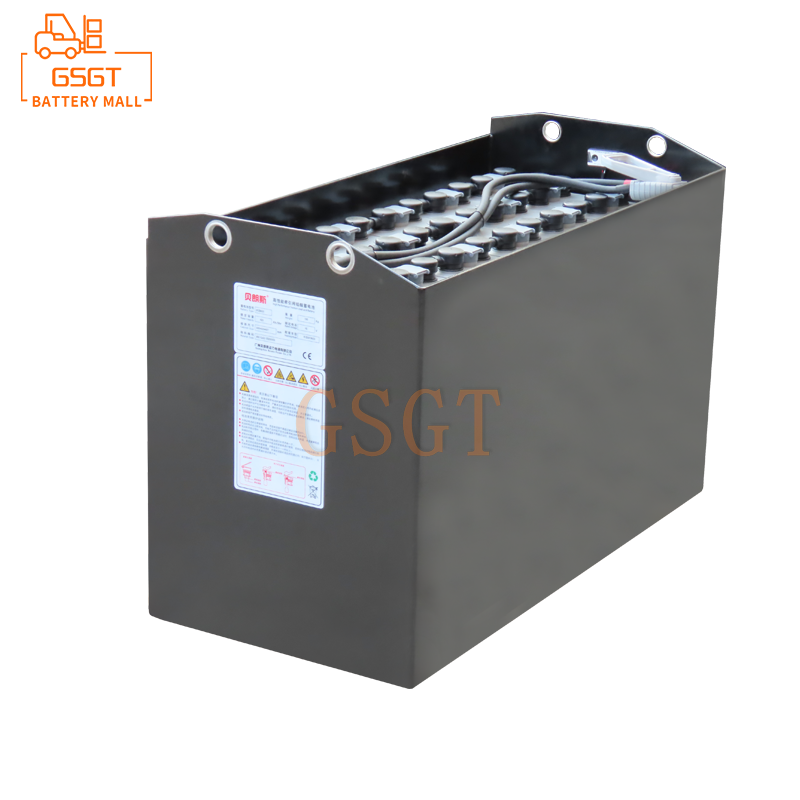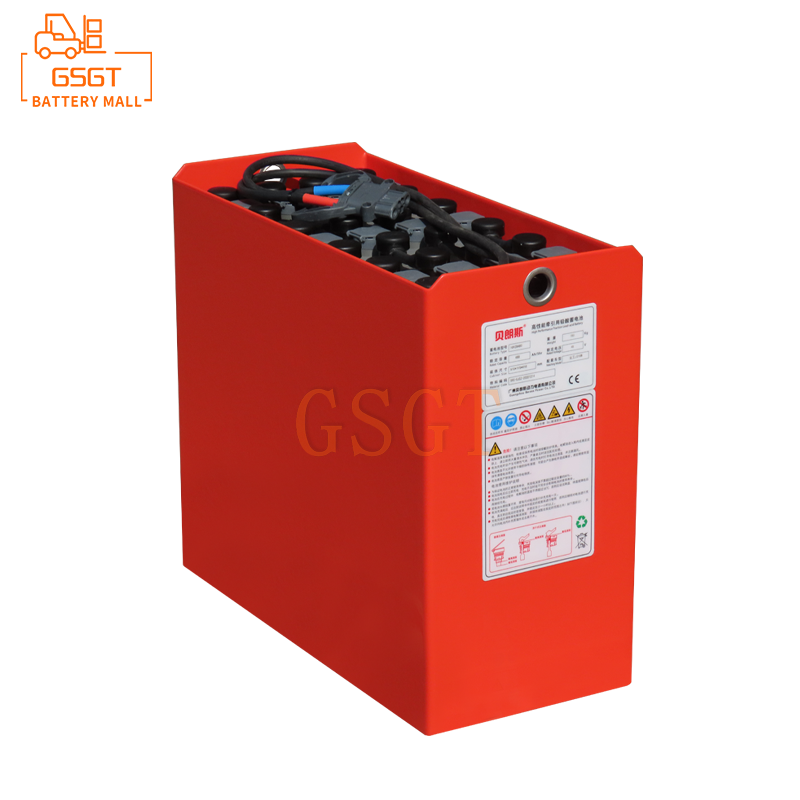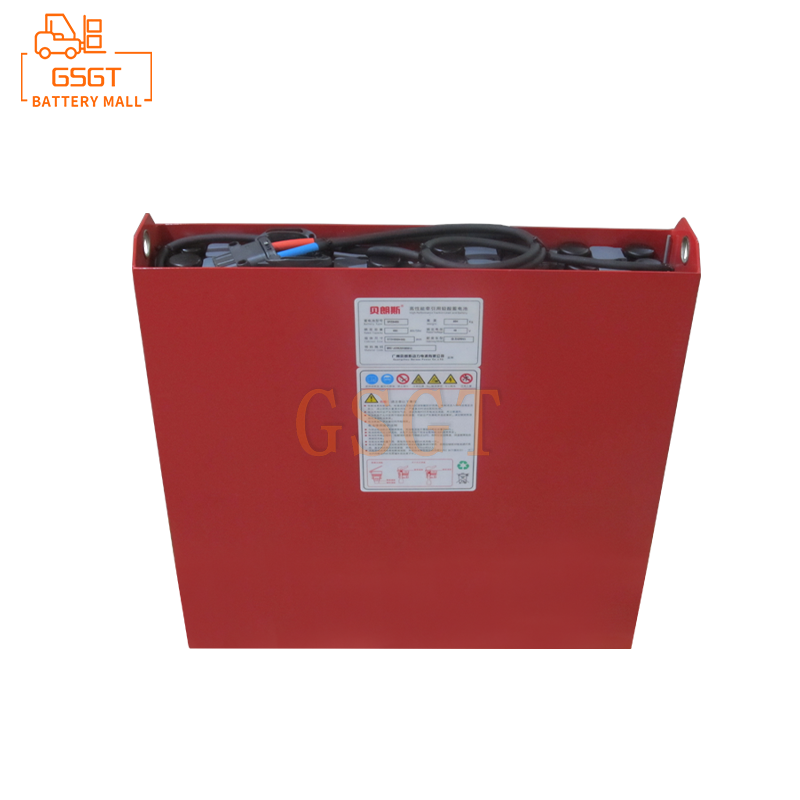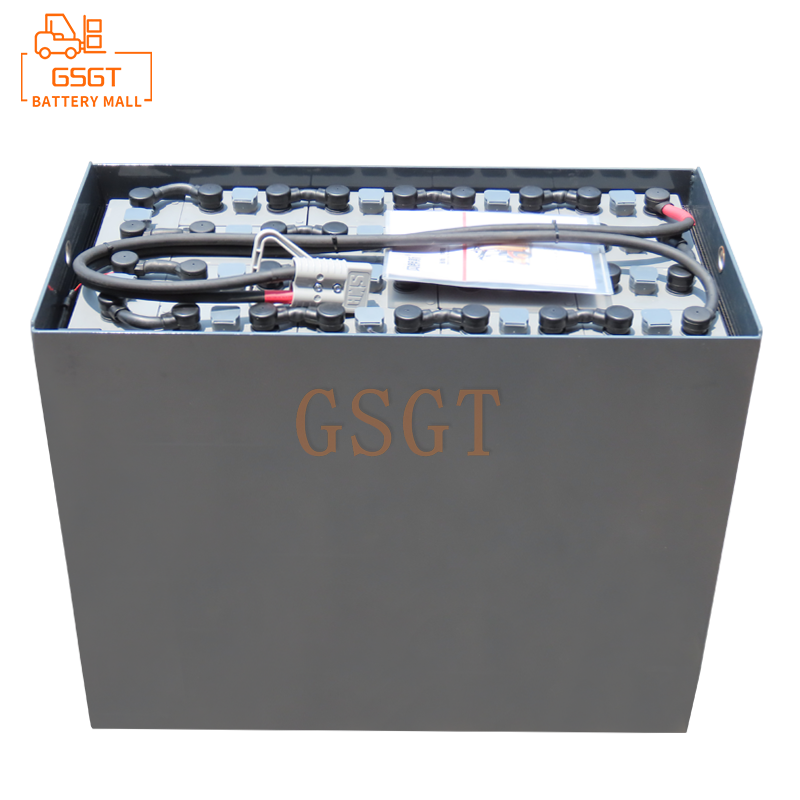Time:2025-03-26 09:57:40
Browse:647
Lead-acid batteries, as a long-established and widely used energy storage equipment, play a key role in many fields of modern society, from the starting power of automobiles to the backup power supply of communication base stations, from the power source of electric bicycles to the energy support of industrial equipment, can not be separated from its figure. In the complex structure of lead-acid batteries, the electrolyte is called the core of the core, and its performance is directly related to the overall performance of the battery. This article will delve into the mystery of lead-acid battery electrolyte, and elaborate on its improvement path to take you to a comprehensive understanding of this key substance.
## The basic mystery of lead-acid battery electrolyte
### Main components and mechanism of action
Lead acid battery electrolyte mainly consists of sulfuric acid (H₂SO₄) mixed with water (H₂O) in a specific ratio. In the common lead-acid battery, the mass fraction of sulfuric acid is usually about 30%-40%, taking 20 ° C as an example, under the fully charged state, the standard proportion of lead-acid battery electrolyte for electric vehicles is about 1.280. When the battery is in working condition, sulfuric acid ionizes in water, producing hydrogen ions (H +) and sulfate ions (SO₄²⁻). These ions shuttle between the positive and negative electrodes of the battery, carrying the heavy task of conducting charge, so as to achieve the charge and discharge process of the battery.
Upon discharge, the lead (Pb) on the negative plate combined with sulfate ions in the electrolyte to form lead sulfate (PbSO₄). At the same time, two electrons were released. The electrons flowed through the outer circuit to the positive electrode. Lead dioxide (PbO₂) on the positive plate reacts with hydrogen ions and electrons flowing from the external circuit in a sulfuric acid solution to also form lead sulfate and water. The charging process is the reverse reaction of the discharge, the lead sulfate under the action of the current, in the positive and negative electrode respectively re-converted into lead dioxide and lead, while the sulfate ion and hydrogen ion recombined into sulfuric acid, so that the sulfuric acid concentration in the electrolyte gradually recovered.
### Key impact on battery performance
The influence of electrolyte on the performance of lead-acid battery is manifold. The first is the impact on the battery capacity, the appropriate concentration of sulfuric acid electrolyte can provide sufficient ions for the electrochemical reaction, to ensure that the positive and negative active substances fully participate in the reaction, so as to achieve a larger battery capacity. If the electrolyte concentration is too low, the ionic conductivity is insufficient, and the active substance cannot be fully utilized, the battery capacity will be significantly reduced; On the contrary, the concentration is too high, although the ion conductivity is enhanced, it may accelerate plate corrosion, shorten battery life, and is also not conducive to the stable maintenance of battery capacity.
Secondly, the electrolyte also plays a decisive role in the charging and discharging efficiency of the battery. Good ionic conductivity helps to reduce the internal resistance of the battery, reduce the energy loss in the charging and discharging process, and improve the charging and discharging efficiency. At low temperature, the viscosity of the electrolyte increases, the ion diffusion rate slows down, and the internal resistance increases, resulting in a sharp decline in charge and discharge efficiency, which is also one of the important reasons for the poor performance of lead-acid batteries at low temperatures.
Moreover, the electrolyte is closely related to the battery life. The pure and stable electrolyte can ensure the uniform chemical reaction on the plate surface, and reduce the occurrence of plate vulcanization and corrosion. Once the electrolyte is mixed with impurities, such as metal ions, it may cause side reactions on the surface of the plate, accelerate plate damage, and greatly shorten the service life of the battery.
## Demand for improvement of lead-acid battery electrolyte
### Challenges faced by conventional electrolytes
With the continuous progress of science and technology and the increasing diversification of application scenarios, the traditional lead-acid battery electrolyte has exposed many problems. In the high temperature environment, the water evaporation of traditional sulfuric acid electrolyte is intensified, which is easy to cause the electrolyte to dry up, and then the internal resistance of the battery is increased, and the performance is sharply decreased or even failed. For example, in some communication base stations in hot areas, lead-acid batteries frequently fail due to electrolyte drying, and maintenance costs remain high.
At the same time, the traditional electrolyte is difficult to effectively inhibit the vulcanization of the plate during the battery cycle. Plate vulcanization means that when the battery is in a discharge or semi-discharge state for a long time, the lead sulfate on the negative plate gradually forms coarse and difficult to dissolve crystals, resulting in the reduction of the active material on the plate and the irreversible attenuation of the battery capacity. According to statistics, the proportion of premature scrap of lead-acid batteries caused by plate vulcanization is as high as 30%-40%.
In addition, at the end of the charging of the traditional lead-acid battery, the electrolytic reaction of water will occur, producing hydrogen and oxygen, which not only causes the loss of water in the electrolyte, but also has certain safety risks, especially in some closed or semi-closed use environments, hydrogen accumulation may cause explosion accidents.
### New requirements for emerging application scenarios
In recent years, with the rise of the new energy automobile industry, especially the development of low-speed electric vehicles and hybrid electric vehicles, higher requirements have been put forward for the performance of lead-acid batteries. These emerging applications require batteries with higher energy density, faster charging and discharging speeds, and longer cycle life. The traditional lead-acid battery electrolyte is powerless in these aspects and cannot meet the demand for efficient and reliable power sources for new energy vehicles.
In the field of smart grid, lead-acid batteries are used as energy storage devices for power peak regulation and valley power storage. The power grid system has high requirements for the response speed and stability of energy storage batteries. Due to the limitations of ion conduction speed and electrochemical reaction kinetics, it is difficult for traditional electrolytes to achieve fast charge and discharge switching and stable power output, which limits the large-scale application of lead-acid batteries in smart grids.
## Improved path of lead-acid battery electrolyte
### Additive optimization strategy
Adding specific additives to the electrolyte is a common and effective improvement method. For example, the addition of stannous sulfate (SnSO₄) inhibits sulfation of the negative plate. Stannous sulfate ionizes in the electrolyte and the resulting stannous ion (Sn² +) is preferentially reduced to metallic tin (Sn) on the negative plate surface and deposited on the plate surface. Tin can change the growth mode of lead sulfate crystals, making it difficult to form coarse sulfide crystals, so as to effectively inhibit plate vulcanization and extend battery life.
Some organic additives, such as ethylenediamine tetraacetic acid (EDTA) and its salts, have strong complexation ability, can be complexed with metal impurity ions in the electrolyte, remove them from the solution or reduce their activity, reduce the corrosion and side reactions of impurity ions to the plate, and improve the purity and stability of the electrolyte.
In addition, the addition of surfactants such as sodium dodecyl sulfate (SDS) can reduce the surface tension of the electrolyte, improve the infiltration of the electrolyte to the plate, so that the electrolyte can be more fully in contact with the active substance of the plate, promote the electrochemical reaction, and improve the charging and discharging efficiency and capacity of the battery.
### New electrolytic liquid system development
In order to fundamentally solve the problem of traditional electrolytes, researchers are actively exploring new electrolytic liquid systems. Among them, colloidal electrolyte is a potential alternative. Colloidal electrolyte is to add silica sol and other gel agents to the traditional sulfuric acid electrolyte to change the electrolyte into a colloidal state. The colloidal electrolyte has good water retention performance, which can effectively reduce water evaporation and reduce the risk of drying out in high temperature environments. At the same time, the presence of colloids can inhibit the delamination of the electrolyte, so that the ion distribution is more uniform, which is conducive to improving the consistency and stability of the battery.
Ionic liquid electrolyte is also one of the research hotspots. Ionic liquids are salts composed of organic cations and inorganic or organic anions that are liquid at or near room temperature. Ionic liquid has the advantages of low vapor pressure, high thermal stability, high ionic conductivity and wide electrochemical window. The application of ionic liquid in lead-acid battery electrolyte can significantly improve the high temperature performance and charge and discharge efficiency of the battery, while reducing the precipitation of hydrogen and oxygen, and improving the safety of the battery. However, the current cost of ionic liquids is high, and large-scale applications still face some challenges, requiring further cost reduction and optimization of formulations.
### Electrolyte management system innovation
In addition to improving the electrolyte itself, innovative electrolyte management systems can also improve the performance and life of lead-acid batteries. The intelligent electrolyte monitoring system uses sensors to monitor the density, temperature, liquid level and other parameters of the electrolyte in real time, and transmits the data to the control system through wireless communication technology. According to these data, the control system intelligently adjusts the charging and discharging process of the battery. When the electrolyte density is detected to be too low, the charging parameters are automatically adjusted to avoid plate vulcanization caused by overdischarge of the battery. When the electrolyte temperature is too high, start the heat dissipation device to prevent the electrolyte from drying out and plate damage.
Some advanced electrolyte circulation systems can recycle and filter the electrolyte during the battery charging and discharging process. The impurity particles and harmful ions in the electrolyte are removed by the filter device, and the composition in the electrolyte is adjusted and regenerated by the chemical reaction device to keep the performance of the electrolyte stable and extend the service life of the battery. This circulatory system is especially suitable for some applications that require high battery reliability, such as backup power systems in large data centers.
The mystery of lead-acid battery electrolyte lies deep in its complex chemical composition and electrochemical reaction process, and in the face of the continuous upgrading of current application needs, improving the electrolyte has become a key path to improve the performance of lead-acid battery and expand its application range. Through various efforts such as additive optimization, research and development of new electrolytic liquid systems and innovation of electrolyte management systems, it is expected to break through the performance bottleneck of traditional lead-acid batteries, so that they continue to play an important role in the future energy storage field, and provide reliable power support for the development of various industries.

$2450

$1025

$515

$2140

MESSAGE
Professional And Efficient
Security
Affordable Price
Professional Services